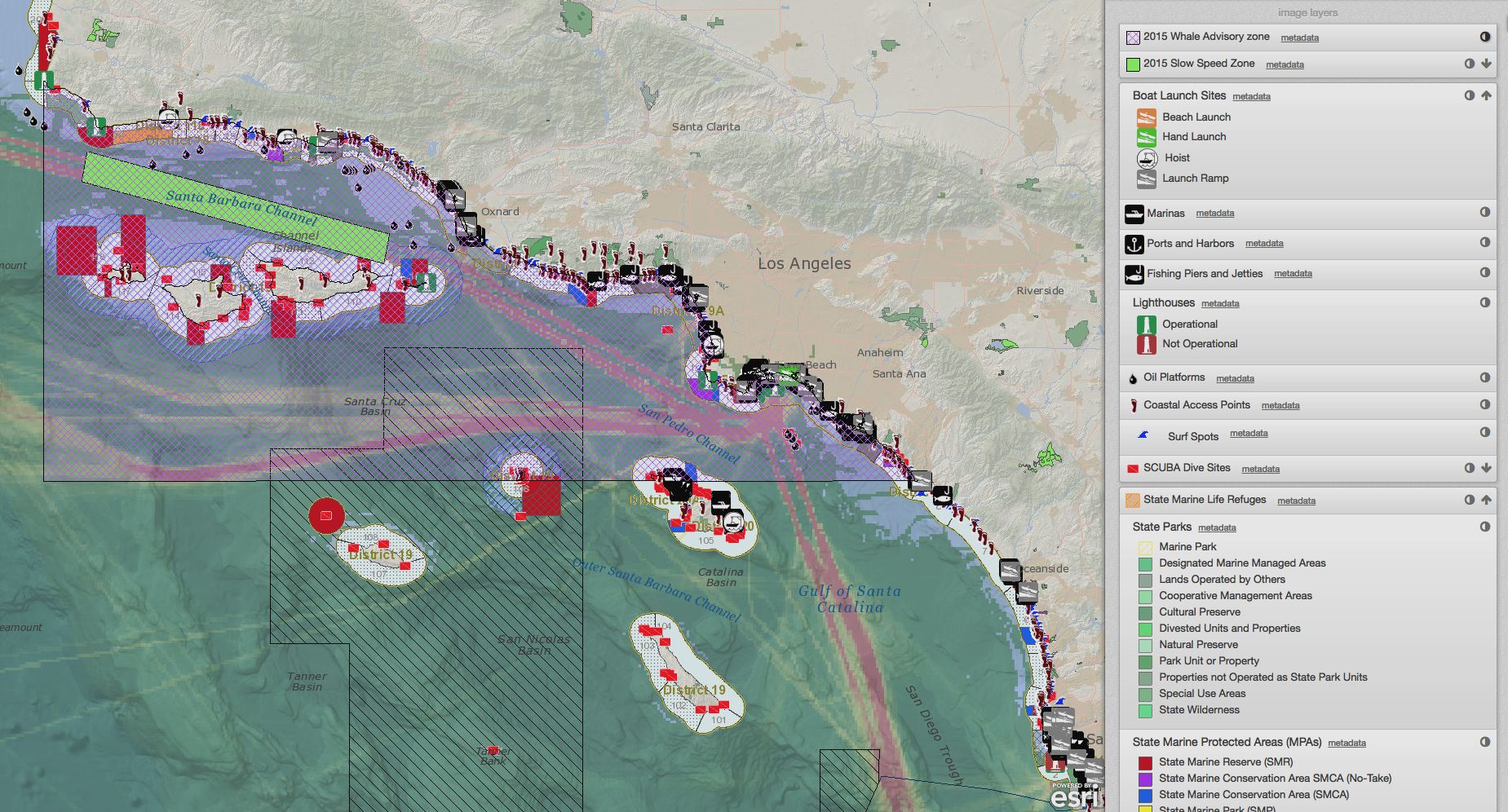Updated Digitizing Tools for SeaSketch
/As part of the SeaChange Project, the New Zealand Department of Conservation (DOC) and Aukland University of Technology conducted an extensive survey of ocean uses around the Hauraki Gulf. After successfully running the survey with thousands of participants, DOC and the University were able to identify usability issues with SeaSketch's digitizing interface. Together we developed an improved user interface and DOC funded our efforts so that we could create an improved workflow that will benefit all projects starting today.
Old Digitizing Interface
The old user interface for sketching plans or adding spatial features to a survey response split a design's geometry and it's attributes into two separate forms. Some users reported difficulty navigating between these two tabs, especially when they needed to edit the geometry of an existing sketch.
New and Improved Interface
The new user interface integrates geometry editing functions into the same entry form that is used for sketch attributes. To edit an existing shape them on the map to initiate the editing process. Helpful new animations also show how to alter points, lines, and polygons.
With this new system there are far fewer clicks involved in editing spatial plans and survey responses, which means fewer opportunities for users to become lost or frustrated.
We're very pleased to introduce this new interface as it represents a great improvement for SeaSketch users, and highlights the benefits of the Software as a Service model employed by SeaSketch. New features funded by organizations like DOC help improve the software for everyone.

